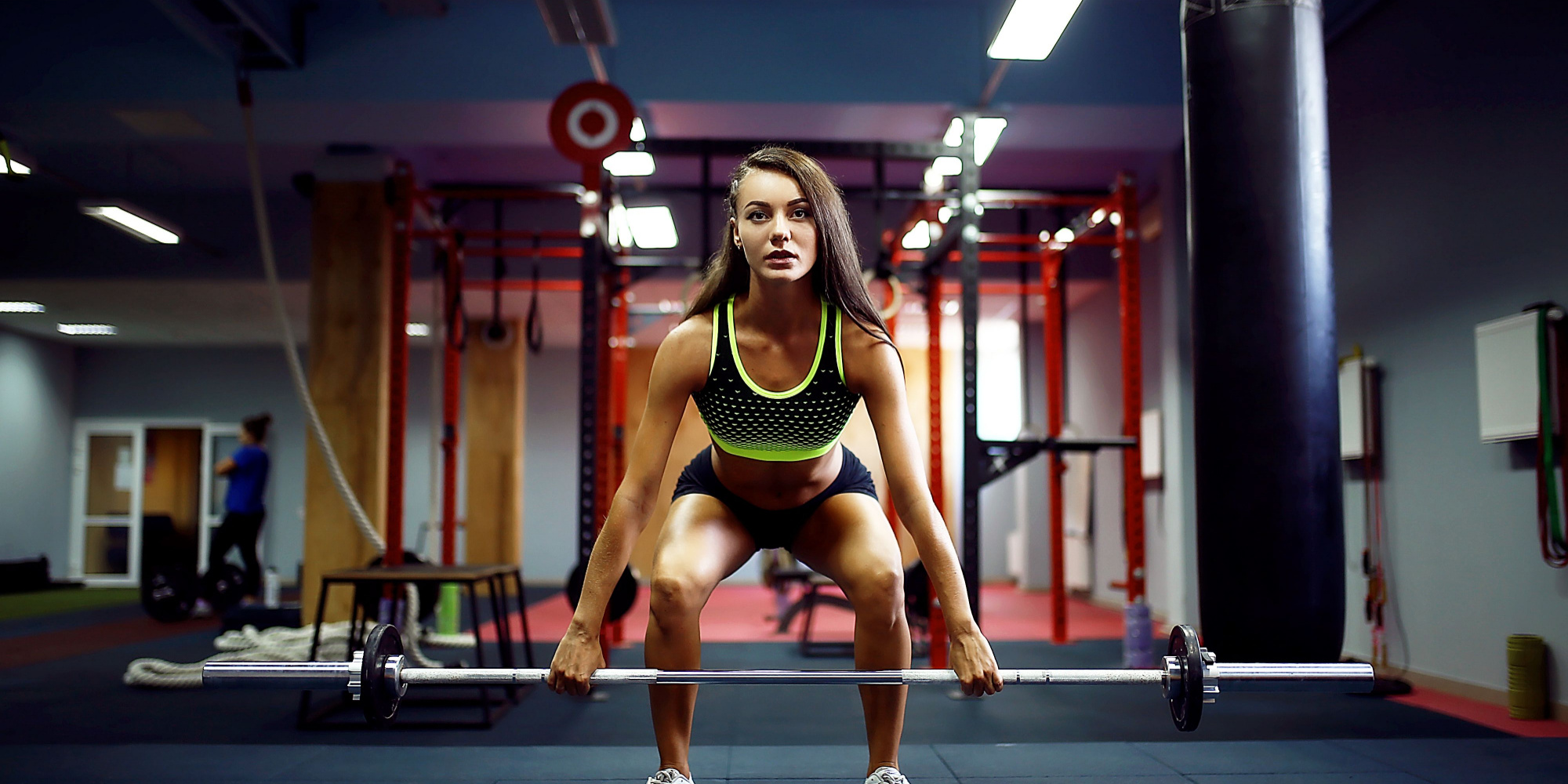Best Weightlifting Exercises for a Young Athlete
Oct 28, 2022 mindpumpA resistance training program when it comes to an athlete works a little differently than the average folk. Their needs are way different, and their lifestyle is way different. Most people think athletes are probably doing the most optimal programs in the world. The truth is they are doing the most optimal programs for THAT individual at THAT given moment. It changes throughout their season from offseason programming, to in season programming, to taking breaks.
Having a proper weightlifting program can do wonders for making an athlete more explosive but it all comes down to know the sport.
Sport Specific
First and foremost, their sport takes priority over everything else. Getting bigger in the gym isn’t always a good thing for an athlete. Actually, in most cases that might actually be a bad thing. An athlete needs to be light on their feet and explosive. Adding too much muscle will weigh them down. For every pound they add, that’s a new weight they have to get used to moving their body with.
So the idea when it comes to lifting for sport, is getting you stronger with the frame you already have. Sure, you might want/need to add some muscle, but the main focus is on adding exercises that make your current physique more explosive and quicker.
Injury Prevention
I once heard a very popular strength and conditioning coach Mike Boyle say a great athlete’s program isn’t about how strong you got them, but by how many injuries occurred that season. In other words, his focus was on injury prevention even more so than strength gain.
A lot of athletic injuries that happen in sport come from either lack of mobility, or lack of strength in a given area. A proper program should also include plenty of mobility and activation drills that help wake up dormant muscles, and strengthen weaker ones. Once again, this means knowing really well what the needs are of any given sport, and what injuries are common, and what weaknesses need to be addressed. For example, a lot of basketball players roll their ankles, so strengthening that area is important. Hamstring tears are more common in sprinters, so making sure their legs are strong enough to handle the power, but mobile enough to take on the extra force is key.
Exercises That Help Athletes
I can’t really give specific recommendations on exercises, but what I can say is one way to start thinking about how to program for one is to think of movement patterns rather than body part exercises. These guys aren’t bodybuilding so there is no need to do curls and side raises.
Most sports likely need some sort of hip dominant and knee dominant exercise. This can be anything such as deadlifts, squats, or power cleans. Which one you choose again depends on your sport. Some sports like football may require additional upper body work like shoulder presses, and bench presses. More endurance type sports like cross country don’t need to spend nearly as much time lifting as any other sport because it would hinder their endurance. Their time may be better focused on injury prevention and may be a little focus on explosion.
The last thing to remember is if you are playing a sport, chances are you don’t need more than 2-3 days of resistance training. Most days should be spent practicing your sport, so the more you are doing that, the less room that leaves for resistance training. Recovery is the overall biggest thing an athlete can prioritize to make sure they are at peak performance. Some may have more volume during the offseason and drop to one or no sessions when their mid season playing many games.
Be sure to check out our MAPS Performance program if you need a start on what a program may look like for the recreational athlete.







